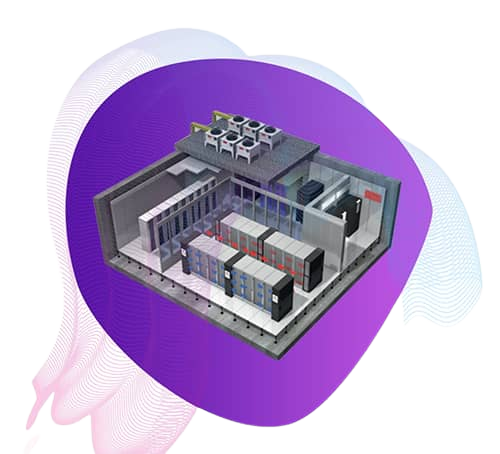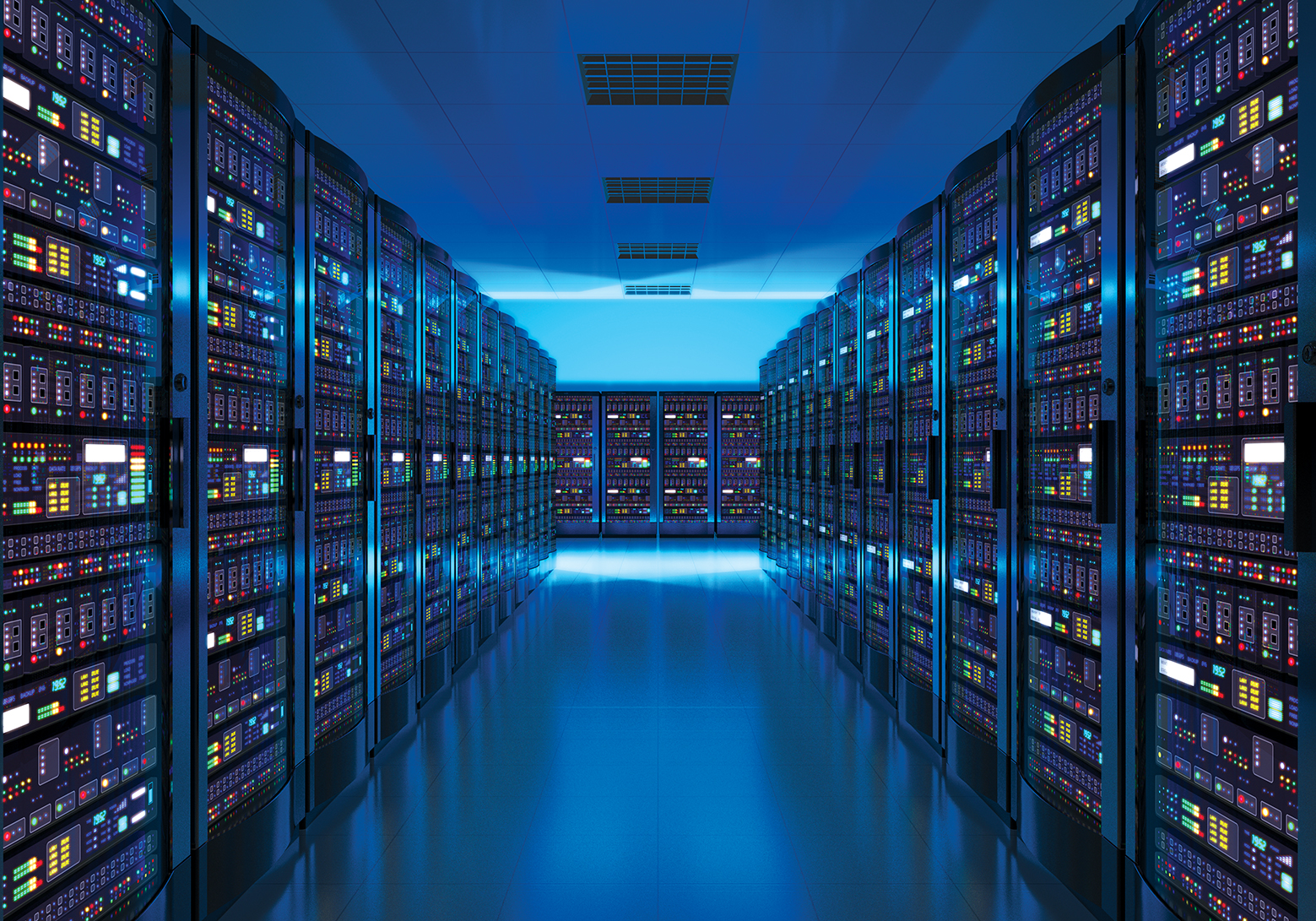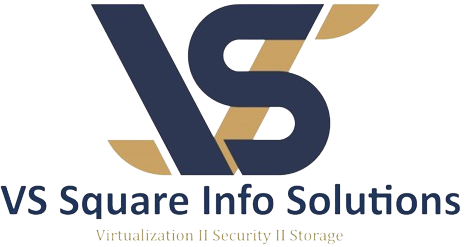Racks & Networking
Intelligent Racks &
Cooling Solutions

Intelligent Rack Access Controller, designed and manufactured with highest quality standards to Control & Manage front & Back door of Rack / Enclosures. The system is reliable easy to install with minimum support and can be Installed in New Racks and Retrofitted on Existing Racks.

Racks and networking are essential components of information technology infrastructure, particularly in data centers and enterprise environments. Let's explore each of these topics in more detail:
Racks:
Rack Enclosures: Racks are metal frames or enclosures designed to securely hold and organize various IT equipment. They come in various sizes, including 19-inch and 23-inch widths, and are measured in rack units (U or RU), typically with 1U equaling 1.75 inches of vertical space.
Mounting Equipment: IT equipment such as servers, switches, routers, patch panels, and storage devices are mounted inside racks. These are usually installed on rails or shelves within the rack.
- Cable Management: Effective cable management is crucial to maintain order and reduce the risk of cable damage and interference. Cable management accessories like cable trays, vertical and horizontal cable organizers, and cable ties are commonly used.

The main alternatives to rack-mounted servers are tower servers and blade servers. Hyper-converged infrastructure, a newer technology, involves a software-centric architecture that is tightly integrated with compute, storage, networking and virtualization resources within a single physical device. Racks are typically used to organize and mount servers, storage devices, and network equipment such as switches and routers. Racks come in different sizes and designs, and they may include features such as cable management, cooling systems, and power distribution units. Networking equipment such as switches and routers are mounted in racks to provide connectivity between IT systems. Networking technology enables devices to communicate with each other, share resources, and access the internet and other networks.
In addition to traditional networking equipment, modern data centers also use software-defined networking (SDN) technology to create flexible and scalable network infrastructure. SDN separates the control and data planes of the network, enabling network administrators to programmatically manage and automate network functions.
Overall, racks and networking are critical components of modern IT infrastructure, enabling organizations to create flexible, scalable, and reliable systems that can support their business needs. Proper planning and design of racks and networking infrastructure are important for ensuring that IT systems can operate efficiently and reliably.
